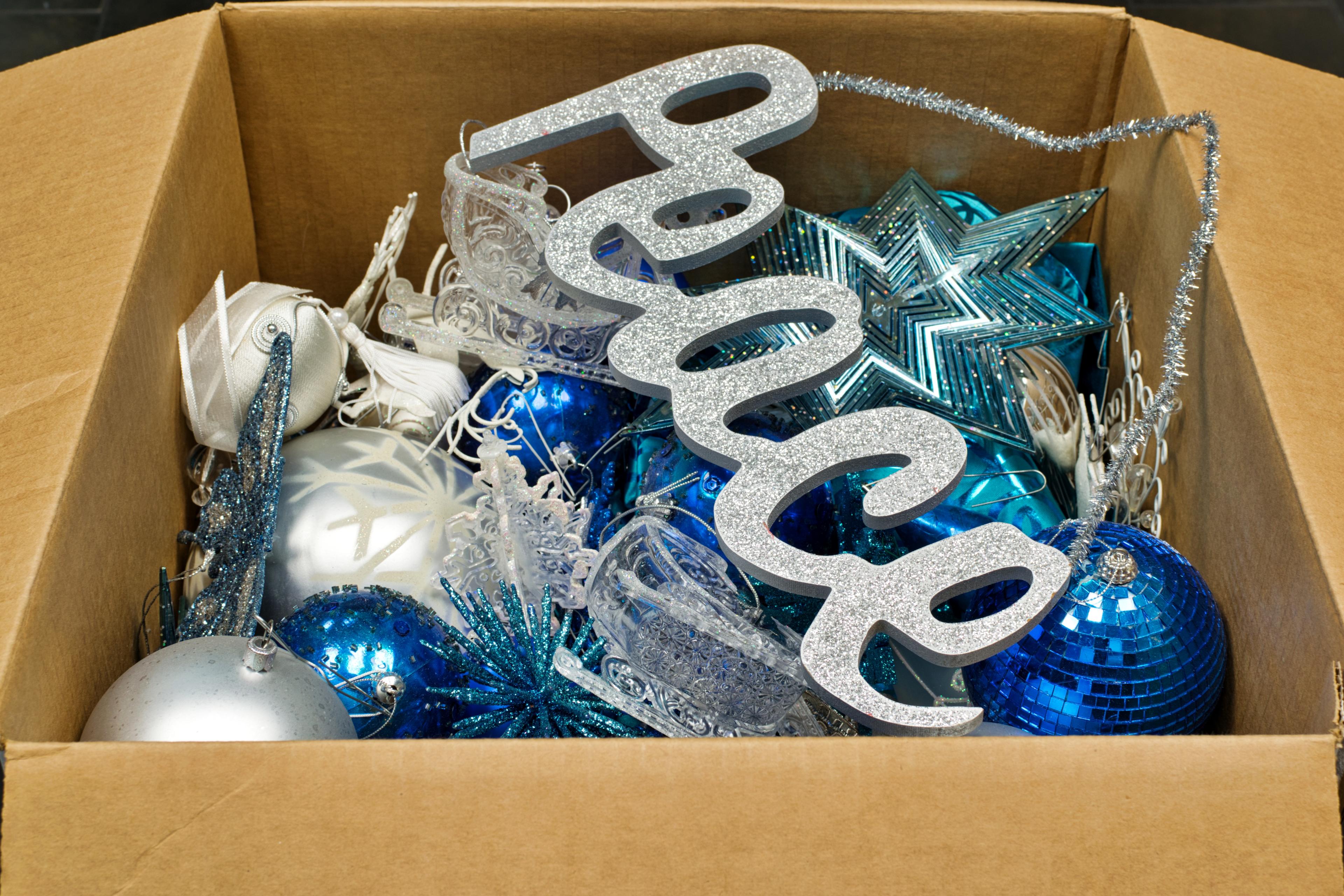When to Take Down Your Christmas Tree
Shandra Martinez
| 4 min read

When it comes to holiday decorations and timelines, there are some people who love to take things to the extreme. You know the ones: The families who insist on picking out their Christmas tree and installing their front-yard Santa inflatables before Thanksgiving. The people who flip on the holiday music radio stations as soon as Halloween is over. And the long-haulers who still have their twinkling outside lights displayed when St. Patrick’s Day rolls around in the spring. But when we’re looking at holiday etiquette, when is a good time to take down your Christmas tree?
For a lot of people, the question of when to pack away the ornaments and the tinsel comes down to their childhood or other personal traditions. The “Today” show shared some holiday-themed surveys that showed more than half of those polled were fine leaving their holiday decorations up into January, and more than 30% wanted their surroundings to stay merry until February.
There’s really no right answer - it’s what feels best for you. But there are some decidedly different camps when it comes to when to wave good-bye to the Christmas tree. Here are some things that factor into the decision:
Fresh-cut trees
If you have a fresh-cut holiday tree in your home, Mother Nature is often the decider on when it needs to be taken down. That’s because most fresh-cut evergreens can only last inside about three to four weeks before their needles dry out and start to drop, creating a mess on the floor or Christmas tree skirt spread out underneath it. Needle condition will depend on how well you keep the tree watered once you get it home, the type of evergreen you buy, and the time between when it was cut down and when it was put into your tree stand. For example, if you fresh-cut a tree on the weekend after Thanksgiving and keep it well-watered in your tree stand, it should last through Christmas just fine.
Religious celebrations
There’s a large group of people who love to keep their tree up through the first full week in January so they can celebrate the Epiphany or Three Kings Day, marking the biblical account of the three wise men’s visit to baby Jesus. This year, the Epiphany will be celebrated on Jan. 6. Once that religious celebration is finished, it marks the time to take down the tree and pack away the holiday decorations.
One holiday at a time
Some people prefer to set pretty firm boundaries for their holiday celebrations. These are the people who fully celebrate Thanksgiving before putting out any Christmas decorations. And they tend to dismantle the decorated Christmas tree and pack all the ornaments away before they rev up their New Year’s Eve celebration. Some people even love to do the fast turn-around of taking down the tree the day after Christmas.
A three-month festival of lights
Some die-hard holiday fans will use Christmas and all its trimmings as the backdrop to all their celebrations, from Thanksgiving right through the yule season and into the New Year. Think of it as a three-month holiday vibe. In these homes, a potted live tree or an artificial evergreen is likely the centerpiece through the months of November, December and January.
Taking down the tree
Whatever you decide, when it’s time to take down the Christmas tree, here are a few tips that might help:
- If you have a fresh-cut tree, check with your city or township when it’s time to discard it. Some communities offer after-holiday curbside pickup. Others have a composting area where old evergreens are accepted.
- Have a garden area? Some people like to drag their tree into the garden where it can be used as a winter windbreak by birds, rabbits and other small animals.
- If you have an artificial tree, disassemble it and pack it away in a box or large storage bag. Tuck in a few dryer sheets to keep musty smells away.
Photo credit: Getty Images





